Expansion of Rail Networks
The expansion of rail networks is a critical driver for the Rail Bellow Market, as new projects and upgrades to existing infrastructure create increased demand for rail components. Governments and private entities are investing heavily in rail infrastructure to enhance connectivity and reduce congestion in urban areas. This expansion is not limited to passenger rail; freight rail systems are also being upgraded to accommodate growing logistics needs. According to industry reports, the investment in rail infrastructure is projected to reach over 100 billion dollars in the next decade, which will directly impact the Rail Bellow Market. As new rail lines are constructed and older systems are modernized, the need for high-quality rail bellows will likely rise, presenting opportunities for manufacturers to innovate and expand their product offerings.
Regulatory Compliance and Safety Standards
Regulatory compliance and safety standards are increasingly shaping the Rail Bellow Market, as governments impose stricter regulations to ensure the safety and reliability of rail systems. Compliance with these regulations often necessitates the use of advanced materials and manufacturing processes in the production of rail bellows. This trend is particularly evident in regions where safety incidents have prompted regulatory bodies to enhance oversight. The Rail Bellow Market must adapt to these evolving standards, which may require significant investment in research and development. As a result, companies that prioritize compliance are likely to gain a competitive edge. Recent data indicates that adherence to safety regulations can improve operational efficiency by up to 30%, further underscoring the importance of regulatory compliance in driving market growth.
Increased Investment in Rail Infrastructure
Increased investment in rail infrastructure is a pivotal driver for the Rail Bellow Market, as funding from both public and private sectors is directed towards enhancing rail systems. This investment is often aimed at modernizing aging infrastructure and expanding rail services to meet growing demand. Recent reports indicate that rail infrastructure investment is expected to exceed 80 billion dollars in the next five years, which will significantly impact the Rail Bellow Market. As new projects are initiated, the demand for rail bellows is likely to rise, as these components are essential for ensuring the smooth operation of rail systems. Furthermore, this influx of capital may encourage innovation within the industry, leading to the development of more efficient and durable rail bellow solutions.
Sustainability Initiatives in Rail Bellow Market
Sustainability initiatives are significantly influencing the Rail Bellow Market, as stakeholders increasingly prioritize eco-friendly practices. The push for greener transportation solutions has led to the development of rail bellows made from recyclable and sustainable materials. This shift not only reduces the environmental impact but also aligns with global efforts to decrease carbon emissions in the transportation sector. Recent statistics suggest that the market for sustainable rail components, including bellows, is expected to grow by 20% in the coming years. This growth is indicative of a broader trend towards sustainability in the rail industry, where companies are investing in research and development to create products that meet stringent environmental standards. As a result, the Rail Bellow Market is likely to see a surge in demand for sustainable solutions.
Technological Advancements in Rail Bellow Market
The Rail Bellow Market is experiencing a notable transformation due to rapid technological advancements. Innovations in materials science, such as the development of high-performance elastomers, are enhancing the durability and efficiency of rail bellows. These advancements are crucial as they contribute to the overall safety and reliability of rail systems. Furthermore, the integration of smart technologies, including sensors and monitoring systems, allows for real-time performance tracking, which is becoming increasingly important in maintaining operational efficiency. According to recent data, the adoption of these technologies is projected to increase the market value of the Rail Bellow Market by approximately 15% over the next five years. This trend indicates a shift towards more sophisticated rail infrastructure, which is likely to drive demand for advanced rail bellow solutions.


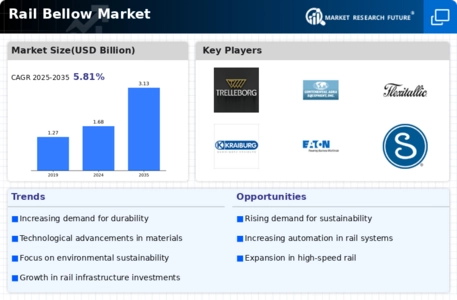
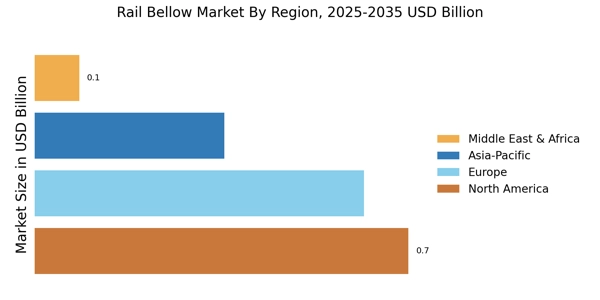

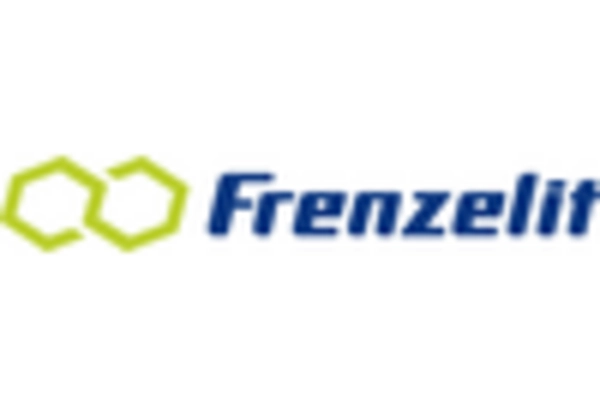
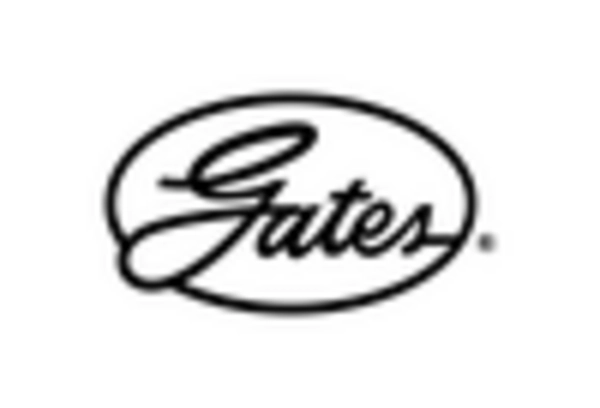
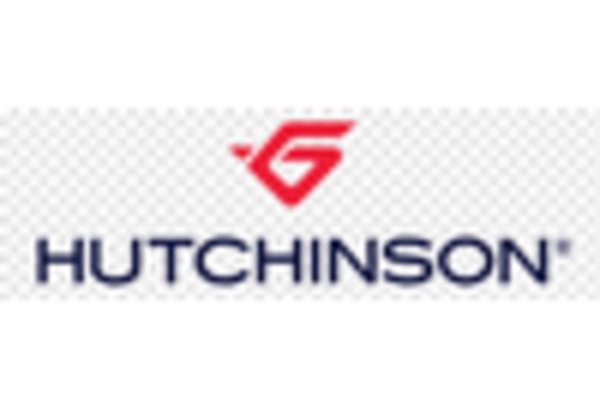
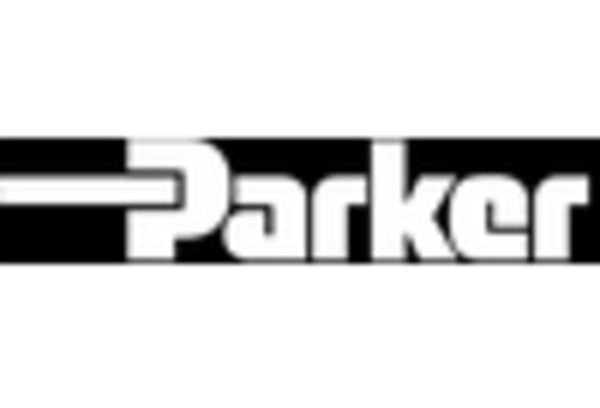









Leave a Comment